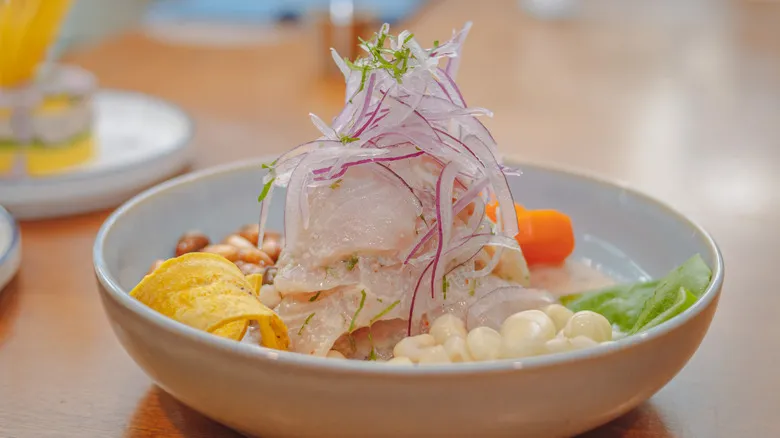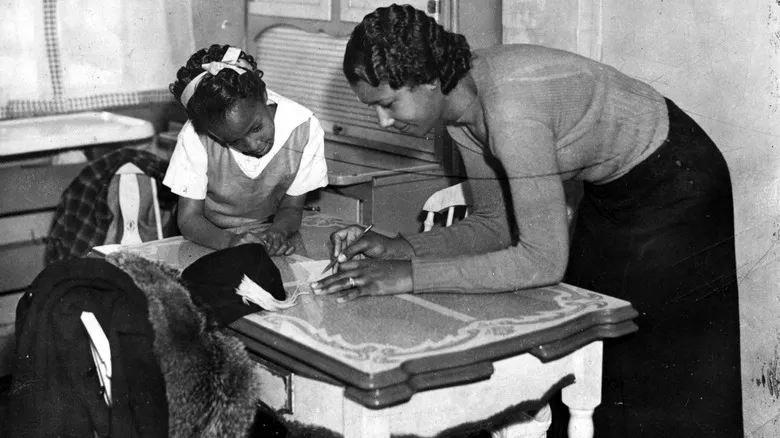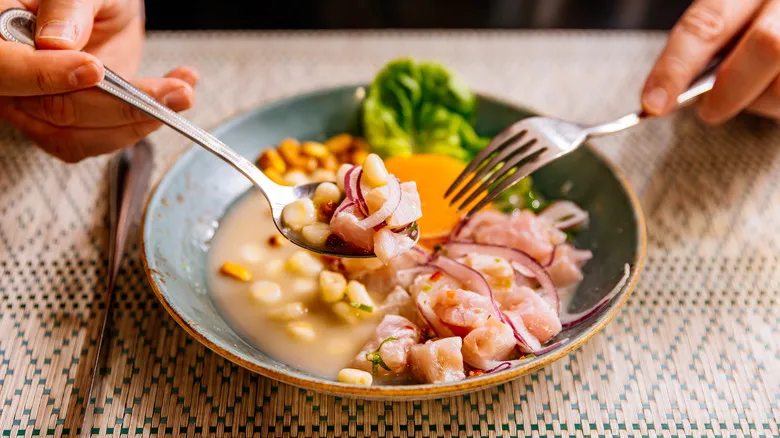Ceviche combined influences over thousands of years

Ceviche, with its roots tracing back centuries to Peru, has evolved through various influences into its contemporary form. Initially, spicy chilies and seaweed were incorporated, followed by the Moche civilization, which is thought to have introduced the tumbo, a fruit with a passion fruit-like flavor. The acidity of this fruit likely extended the marinating time for ceviche, allowing the fish to firm up more gradually.
The next significant changes came with the Incas, who dominated the region in the 15th century. Maize was a staple crop of their empire, leading to the inclusion of fermented corn in the dish, while boiled corn remains a part of traditional Peruvian recipes. Additionally, the Incas contributed the name "siwichi," which eventually evolved into the modern term "ceviche."
The arrival of Europeans marked another transformative phase for ceviche. They brought onions and citrus fruits, which have become essential components of the dish. Limes were cultivated locally, resulting in a Peruvian variety known for its intense acidity. Cilantro was also added as a garnish.
The final wave of influence came from Japanese immigrants in the 19th century. Drawing from their sashimi traditions, they eliminated the marination process entirely, leading to the creation of tiradito. This blending of Japanese and Peruvian culinary techniques eventually gave rise to Nikkei cuisine, which is now highly regarded in Peru. Thanks to its growing popularity, ceviche has solidified its status as a modern classic.
Recommended

What Breakfast Looked Like A Century Ago In America

Elvis Presley's Last Meal Was A Combination Of Sweet Treats

What Was The Final Meal Served On The Titanic?

Grocery Lists Looked A Lot Different In The 1950s
Next up

